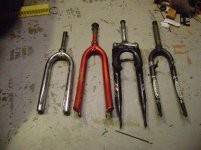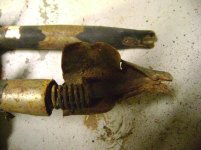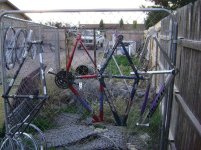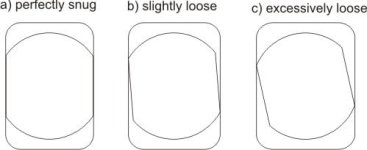317537 said: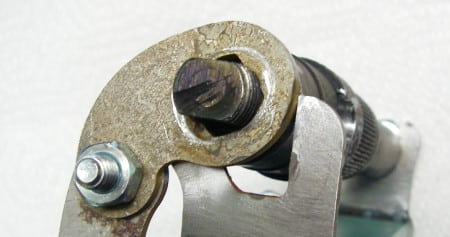
That looks like its been pushed out by the linear conversion of this design. Possible the wheel nut wasnt tight enough. Over tightening could splay the dropouts too and this push action could make the situation worse.
I cant be sure of the orientaion of the fork but it looks like it was done during braking and not acceleration too.
Justin, which side is the forward and behind orientation of the forks in the above picture. Is the front the left side?
You guys are completely correct. In this case, the torque was applied backwards (regen style) and it levered the axle out of the dropouts. That was a testing mistake on my part, so it wasn't part of the useful data. The nuts had been tightened to 60 N-m and the spinout (in the regen direction) happened at just over 80 N-m. About the same or slightly less torque than with no torque arm.
Unforunately this was my last set of makeshift dropouts, so I couldn't repeat the experiment pulling in the correct direction to see at how much of an improvement the torque plate has with 14mm axles. Suspect it would have been a lot better than the improvement seen over 12mm axles.


